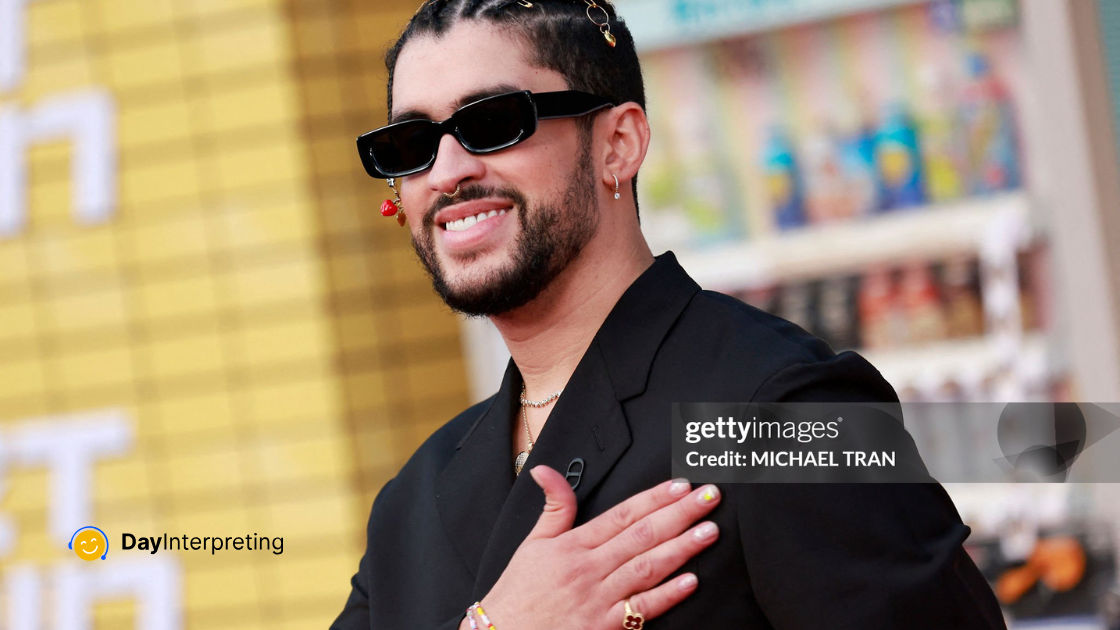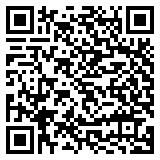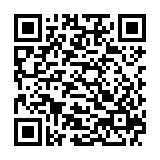Benito Antonio Martínez Ocasio, familiarly known now as Bad Bunny, burst onto the Spanish-language music scene in 2016 with his viral SoundCloud releases and distinctive blend of Latin trap and reggaetón. His deep, melodic voice, socially conscious lyrics, and genre-bending approach quickly set him apart from other more singers in the Puerto Rican music industry, like Daddy Yankee and Marc Anthony. Over the years, he has pushed the boundaries of Latino music, blending elements of hip-hop, rock, dembow, and even electronic beats, to create his own unique sound. Known for hits like “Soy Peor,” “MIA,” and “Safaera,” he has become one of the most streamed artists in the world, redefining Spanish-language music on a global scale.
While his earlier music largely revolved around heartbreak, street life, and party anthems, his more recent works have taken on deeper themes. These tunes offer, instead, a cutting reflection on Puerto Rican identity, colonialism, and personal nostalgia. In fact, his latest album, DeBÍ TiRAR MáS FOToS, represents a shift both in sound and message, incorporating more traditional Puerto Rican genres like plena and salsa while continuing to experiment with contemporary production. With this new direction, Bad Bunny remains committed to his cultural roots, proving that his music is not just entertainment, but also a form of resistance and storytelling.
With this shift in both the content of his songwriting and the rhythm of his music, Bad Bunny has new non-Spanish-speaking flocking to the internet for a better understanding of his songs. However, his songs, though wildly popular, are often incomprehensible even for some native Spanish speakers, thanks to his use of the local dialect, accent, and island slang. In fact, in a 2022 interview with GQ, he emphasized that his musical creations are primarily for Puerto Ricans, stating, “I still think I’m there making music, and it’s for Puerto Ricans. I forget the entire world listens to me.” So how can we interpret Bad Bunny for the rest of the world? This article hopes to provide you with an introductory Spanish translation of Benito’s musical genius
Embracing Local Dialect and Spanglish
Bad Bunny’s lyrical approach is deeply rooted in the vernacular of Puerto Rico, seamlessly blending local dialects with Spanglish—a hybrid of Spanish and English commonly spoken in Latinx communities. This linguistic style not only reflects the everyday speech patterns of his audience but also serves as a bridge connecting diverse cultural experiences.
In his latest album, DeBÍ TiRAR MáS FOToS (in English, I Should Have Taken More Photos), several terms exemplify this fusion:
- “Veldá”: A colloquial pronunciation of “verdad,” meaning “truth.” This term captures the fluidity of spoken language in Puerto Rico and other Caribbean nations, where certain consonants are softened or omitted, particularly at the end of the word.
- “KlouFrens”: A creative adaptation of “Close Friends,” the Instagram feature that allows you to share stories with a select group of intimate acquaintances. The song by the same name illustrates the seamless code-switching between English and Spanish that characterizes the Spanglish used by Puerto Ricans on both the island and the mainland.
- “Hanguear”: Derived from the English word “hang,” Bad Bunny uses this verb to mean hang out or socialize, reflecting the integration of English vocabulary into Puerto Rican Spanish.
- “Weltita”: A diminutive form and vernacular pronunciation of the word “vuelta,” Bad Bunny talks about going for a walk (“welta”) on the “playita” (beach). This song in particular showcases the use of the diminutive to playfully manipulate language within intimate contexts.
By incorporating these expressions, Bad Bunny not only mirrors the linguistic realities of his community but also validates and elevates them on a global platform.
The Impact of “El Apagón”
While Bad Bunny’s first hits blended seamlessly into the reggaeton subculture of Latino music, featuring songwriting about partying, relationships, and heartbreak, his song “El Apagón” (The Blackout) had listeners taking pause. In the midst of his previous work, this tune stands as a poignant commentary on Puerto Rico’s socio-political challenges, particularly in the wake of the 2017 Hurricane Maria. The hurricane left the island with the longest blackout in US history, later followed by frequent power outages and the persisting complaint that Puerto Rico, a territory of the United States, was left to fend for itself.
The accompanying video, an 18-minute music video turned documentary further amplifies this message by highlighting the resilience and vibrancy of Puerto Rican culture amidst adversity. The 2022 hit song comes off of his album, Aquí Vive Gente (People Live Here), which also tackles topics of gentrification and the tendency of white America to view Puerto Rico as a tourist destination and not the home of over 3 million people. Benito’s visual narrative has spurred a heightened interest in dissecting his music, as audiences seek to understand the deeper socio-political contexts he addresses.
DeBÍ TiRAR MáS FOToS: A Tapestry of Genres
Released on January 5, 2025, Bad Bunny’s latest album, DeBÍ TiRAR MáS FOToS, is a testament to his versatility and reverence for Puerto Rican musical traditions. At a time when Benito was touring the world, many critics were expecting the singer to cater to an even wider audience, by rapping in English and collaborating with other leading hip-hop and pop artists. But the album he dropped in January went a completely new direction, inward. In fact, many are calling the record his most Puerto Rican album yet, with a strong theme of heartbreak, nostalgia, and homesickness traversing its 17 songs.
Moreover, the album masterfully intertwines genres, blending his signature trap and reggaetón with rich Puerto Rican sounds such as salsa, plena, and música jíbara. But this fusion does not alienate international listeners, quite the opposite. It showcases the island’s rich musical heritage and serves to introduce these sounds to a broader audience. These audiences, enthralled by the new sounds, are turning to social media and Google to translate his music into their language.
Tracks like “BAILE INoLVIDABLE” and “LA MuDANZA” exemplify this blend, merging traditional rhythms with contemporary beats. Collaborations with local talents, including young musicians from Puerto Rico’s Escuela Libre de Música, further enrich the album’s authenticity. This approach not only preserves cultural heritage but also fosters a sense of pride and continuity among the younger generation.
A Cultural and Political Statement
Beyond musical innovation, DeBÍ TiRAR MáS FOToS serves as a cultural and political manifesto. The album addresses pressing issues such as mass tourism, electricity blackouts, gentrification, and colonialism. For instance, the track LO QUE LE PASÓ A HAWAii draws parallels between the experiences of Puerto Rico and Hawaii, both islands grappling with the consequences of colonization and cultural erosion. Through these narratives, Bad Bunny amplifies conversations about cultural preservation and self-determination.
His pro-Puerto Rican stance has become even more significant in the wake of racist remarks made by politicians and comedians at the end of 2024, who referred to the island as a “floating island of garbage.” These derogatory statements not only reinforced negative stereotypes but also highlighted the persistent prejudice faced by Puerto Ricans. In response, Bad Bunny’s music serves as both a counter-narrative and a rallying cry, emphasizing the richness of Puerto Rican culture, resilience, and identity. His ability to transform national pride into a global movement challenges these misrepresentations and strengthens solidarity among Puerto Ricans and their diaspora.
Conclusion
Bad Bunny’s unwavering commitment to his cultural roots, linguistic authenticity, and genre-blending artistry has solidified his position as a global icon who transcends music. By staying true to his identity and addressing pertinent socio-political issues, he not only entertains the masses, but he educates and inspires them. DeBÍ TiRAR MáS FOToS is more than an album; it’s a celebration of Puerto Rican culture, a call to action, and a reminder of the power of music as a vehicle for change.
Do you have lyrics you want to share with a broader international audience? Day Translations music lyric translation services can translate your songs to other languages and provide subtitling for your music video projects.
Image credit: Photo by MICHAEL TRAN/AFP via Getty Images





0 Comments